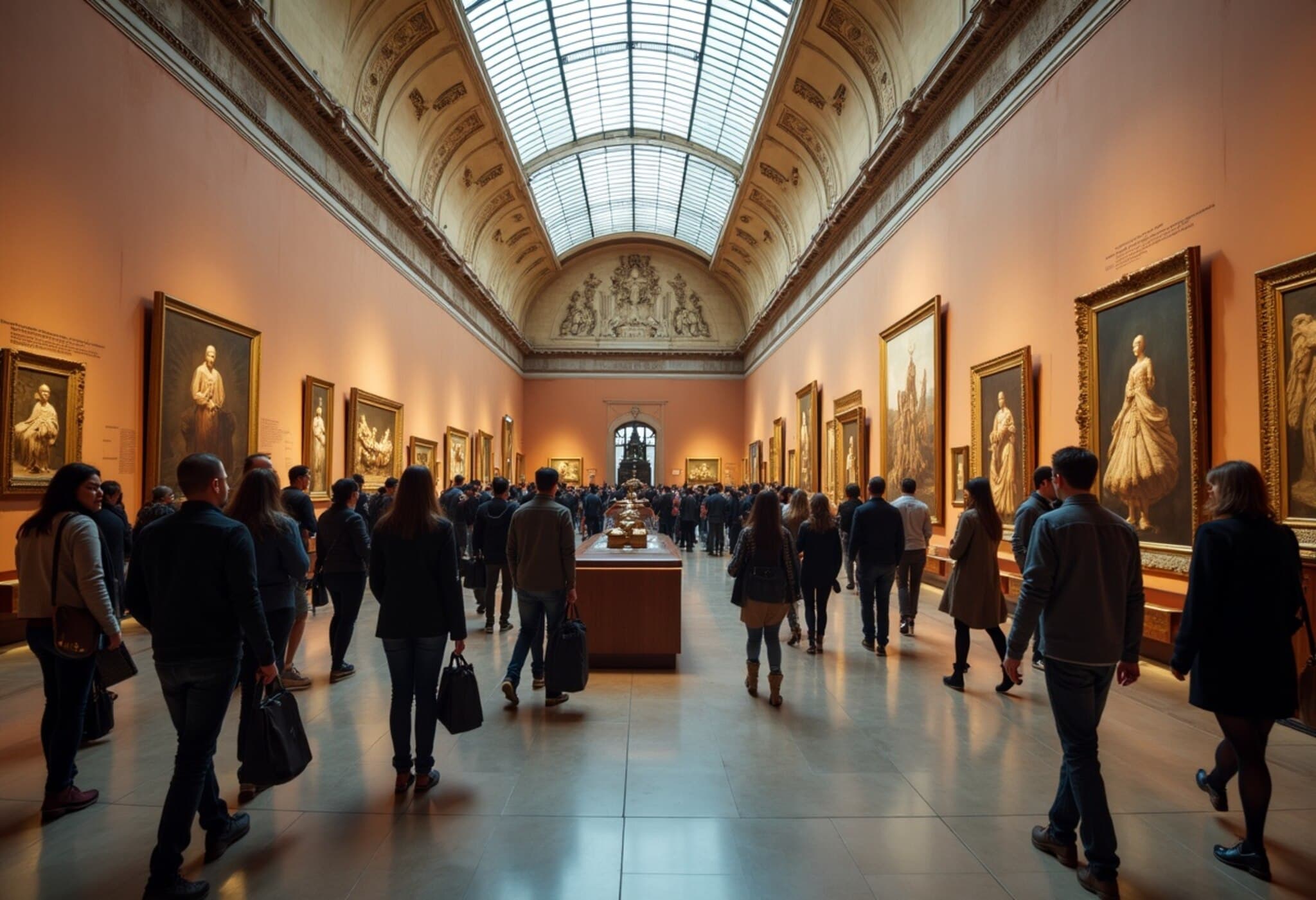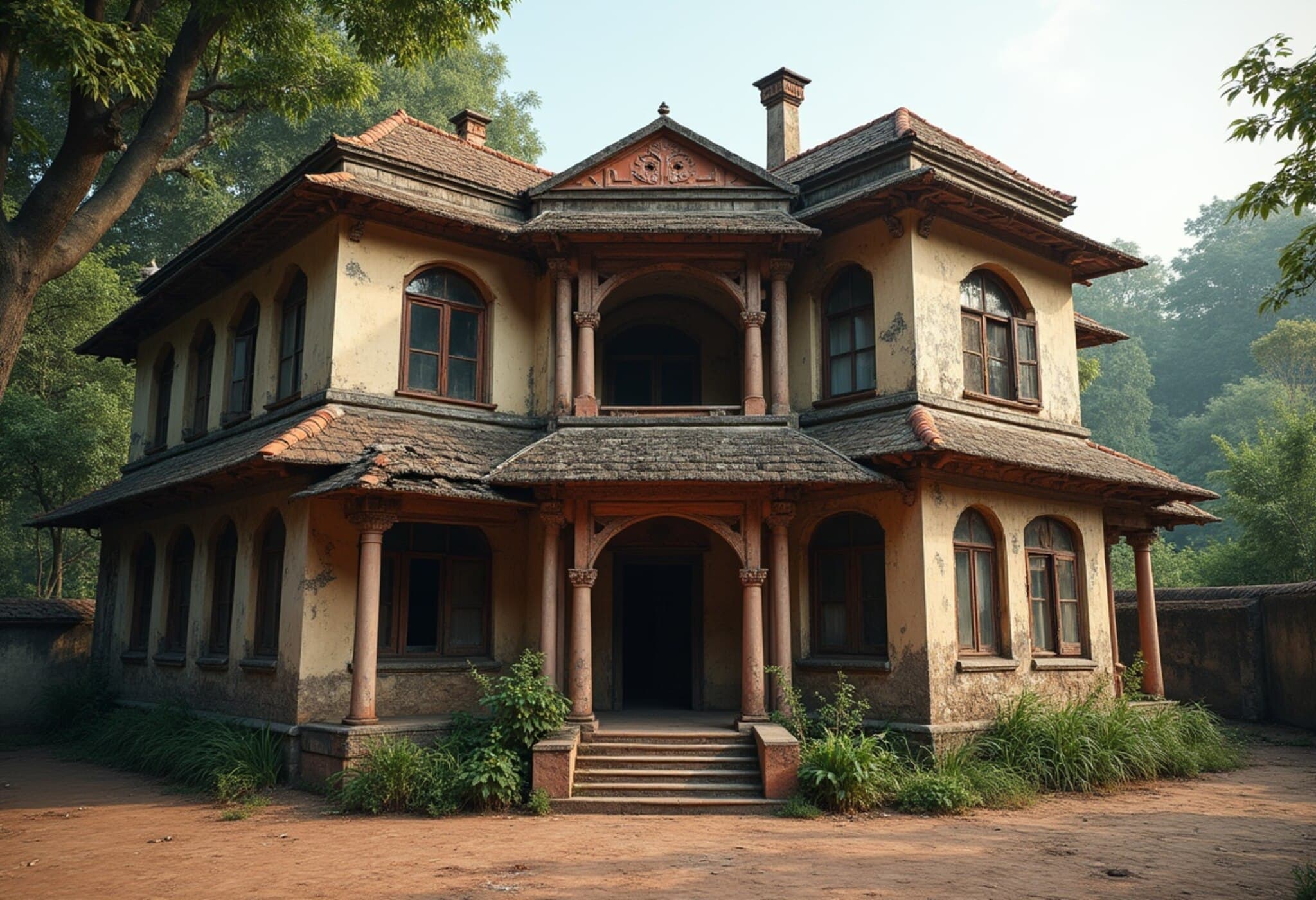Exploring the World’s Most Stunning Libraries: A Journey Beyond Books
Libraries are more than mere repositories of books; they are living monuments to human history, culture, and architectural wonder. In an era dominated by digital screens, these breathtaking institutions remind us that physical spaces dedicated to knowledge remain irreplaceable.
1000 Libraries, a global community of bibliophiles, recently unveiled its ranking of the 10 most beautiful libraries worldwide, shaped by the votes of over 200,000 online readers. Founded by Vincent Phan, the platform aims to celebrate libraries and bookstores, preserving their relevance amid the digital tide.
1. Trinity College Library, Dublin, Ireland
Dominating Ireland’s literary scene, the Trinity College Library is famous for its exquisite Long Room—a nearly 65-meter hall lined with towering oak bookshelves that feel like walking into a cathedral of knowledge. It also safeguards the Book of Kells, a richly illustrated 9th-century Gospel manuscript symbolizing Ireland’s medieval heritage. Visitors pay a modest entrance fee starting at €19 (~$22) to experience this mesmerizing blend of history and architecture.
2. State Library of South Australia, Adelaide
This library is a treasure trove, not just of books but of cultural heritage including historical board games and Victorian design dating back to 1866. Its atmospheric basement, once a taxidermist's workspace, now holds more than 40,000 volumes, making it a unique destination blending history, art, and learning.
3. St. Gallen Abbey Library, Switzerland
Recognized as one of the world’s oldest libraries, the St. Gallen Abbey Library in northeastern Switzerland is a crowned jewel of European monastic culture. Functioning since the 8th century, it played a pivotal role as a cultural hub until its secularization in 1805. Its global significance earned it UNESCO World Heritage status in 1983.
4. Duke Humfrey’s Library, Oxford, UK
Housed within Oxford’s Bodleian Library, Duke Humfrey's is the university’s oldest reading room. Once, its books were literally chained to the shelves to prevent theft, reflecting a bygone era of knowledge preservation. Its origins trace back to the 15th century when Duke Humfrey, son of King Henry IV, donated his vast manuscript collection. The library remains a revered sanctuary of scholarship today.
5. Admont Monastery Library, Austria
The world’s largest monastery library boasts a 70-meter Baroque hall adorned with seven stunning ceiling frescoes by Bartolomeo Altomonte. Admont Monastery remains active, with monks living on-site, keeping alive centuries of tradition amid shelves holding over 60,000 books. Visitors are invited to lose themselves in its breathtaking architectural grandeur.
6. Cuypers Library, Amsterdam, Netherlands
Located inside the iconic Rijksmuseum, the Cuypers Library complements the visual art masterpieces with an impressive collection of art historical texts. Combining neo-Gothic architecture with modern digital tools like iPads for visitors, it offers a seamless bridge between past and present.
7. State Library Victoria, Melbourne, Australia
Australia’s oldest public library doubles as a cathedral of learning. The La Trobe Reading Room, with its soaring octagonal dome and seating for 320, evokes a spiritual reverence for literature. Phan recalls studying there as an unforgettable experience, likening it to entering a sanctuary where stories are revered.
8. Royal Portuguese Cabinet of Reading, Rio de Janeiro, Brazil
Rooted in Portuguese heritage, this cabinet is the largest repository of Portuguese literature outside Portugal itself. Beyond books, it serves as a vibrant cultural hub, hosting events that celebrate Lusophone culture in the heart of Brazil.
9. Wiblingen Monastery Library, Ulm, Germany
Often overlooked by tourists, this rococo gem inside a former Benedictine monastery founded in 1093 enchants visitors with its ornate galleries, statues, and mythological artworks. Its quiet splendor offers an intimate alternative to more crowded sites.
10. Bibliothèque Sainte-Geneviève, Paris, France
Located in Paris’ historic Latin Quarter, this library impresses with its innovative 19th-century ironwork architecture—arched iron columns supporting a double-barreled roof creating an airy, cathedral-like atmosphere. It is a favorite among locals and visitors alike who seek inspiration amid its sky-reaching arches.
Why These Libraries Matter Today
In an age when digital platforms dominate information consumption, these libraries represent the enduring human desire to connect physically with knowledge and culture. They demonstrate an investment in public spaces that foster learning, creativity, and community—values American policymakers and cultural institutions continuously endeavor to promote.
Expert Insight: From a policy perspective, maintaining historic libraries aligns with broader goals of preserving cultural heritage and ensuring equitable access to knowledge repositories. In the U.S., public libraries also serve as essential community hubs providing educational resources, digital access, and social services.
Moreover, architecturally significant libraries offer tourism and economic opportunities, encouraging cities to preserve and promote these gems as cultural landmarks.
Editor’s Note
This curated list invites readers to appreciate libraries as vibrant, multi-dimensional spaces beyond mere book storage. They are custodians of history, artistry, and collective memory. Visiting these libraries is akin to stepping through time, witnessing the evolution of knowledge preservation. As digital transformation accelerates, it is critical to support and celebrate such institutions as beacons of cultural continuity that nourish the human spirit.
As you consider your next travel plans or support for local libraries, remember: these repositories are meeting grounds of past and future, where stories are truly worshipped.



















